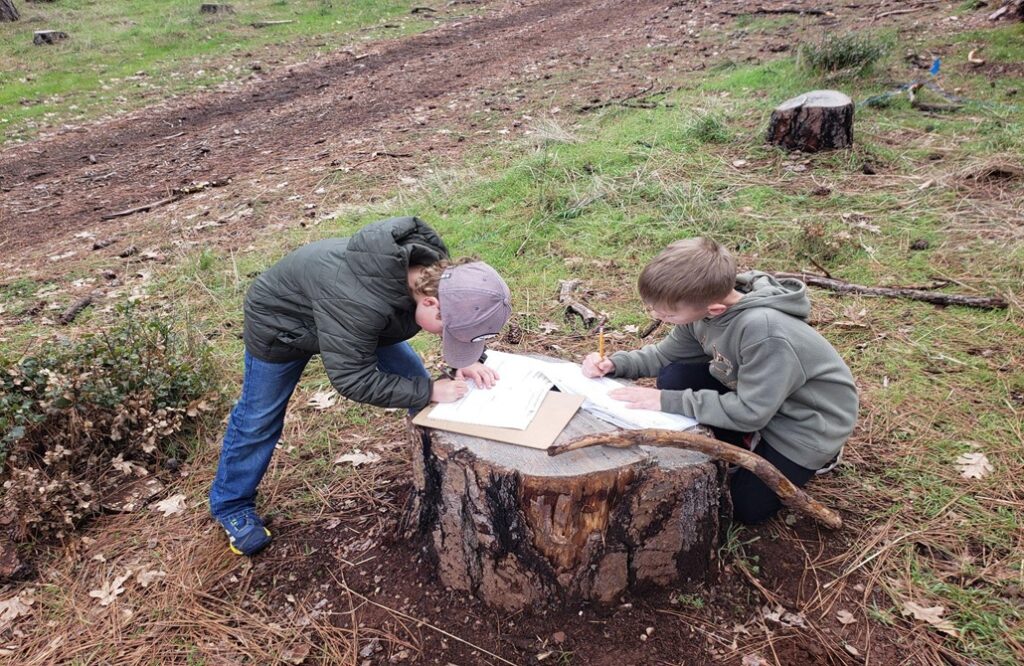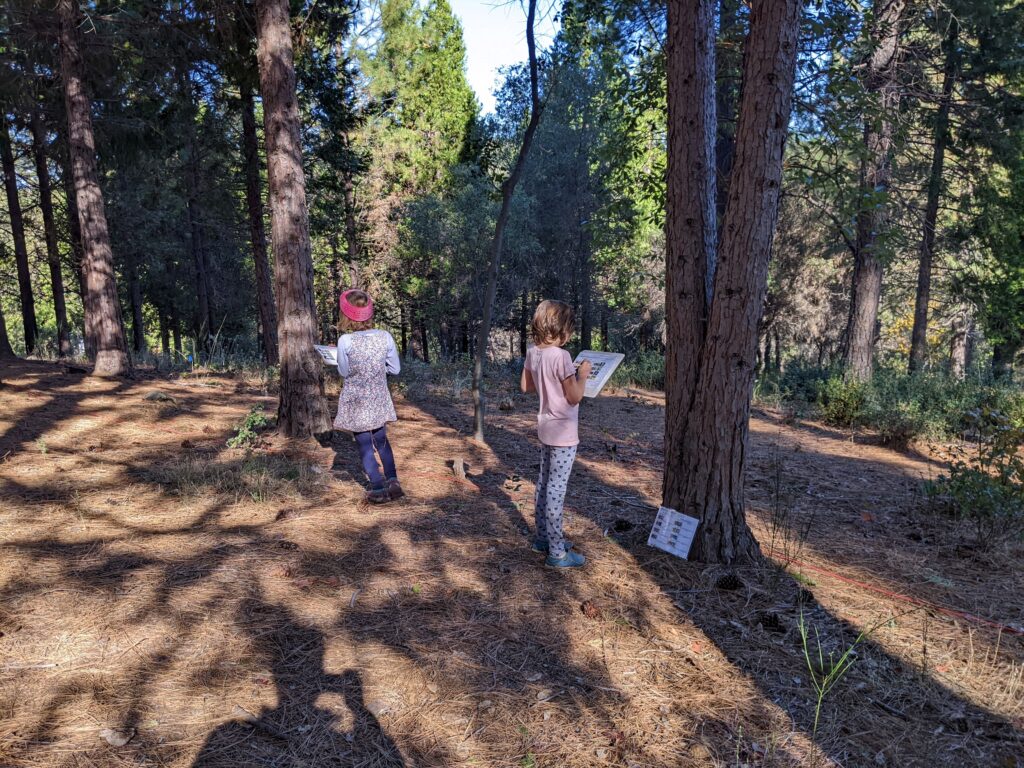
Sierra Streams Institute created the Our Forests project to answer the question: “what would it mean for students to be able to engage with local environmental issues through real-world scientific investigation?”
Benefits of Place-Based Community Science
Funded through the National Science Foundation, Our Forests has been a collaborative project between Sierra Streams, Nevada County Superintendent of Schools, and UC Davis Center for Community and Citizen Science. We have spent the last 4 years designing and testing a 3rd through 5th grade curriculum that gets students outdoors in their local forests addressing critical issues in real time.
Our UC Davis partners are studying the benefits of the project on the students’ “environmental science agency”, which is the students’ ability to see themselves as capable of doing science and making meaningful change in their community through science.
As any educator will tell you, it has been a wild ride the last 4 years. We have endured the COVID pandemic, wildfires, and historic snow and rainstorms. Sierra Streams even lost its office building to the 2020 Jones Fire during the Our Forests project—it doesn’t get much more place-based than that! Despite these obstacles, over the course of the last 4 years we have reached over 700 students working from 7 different elementary schools.
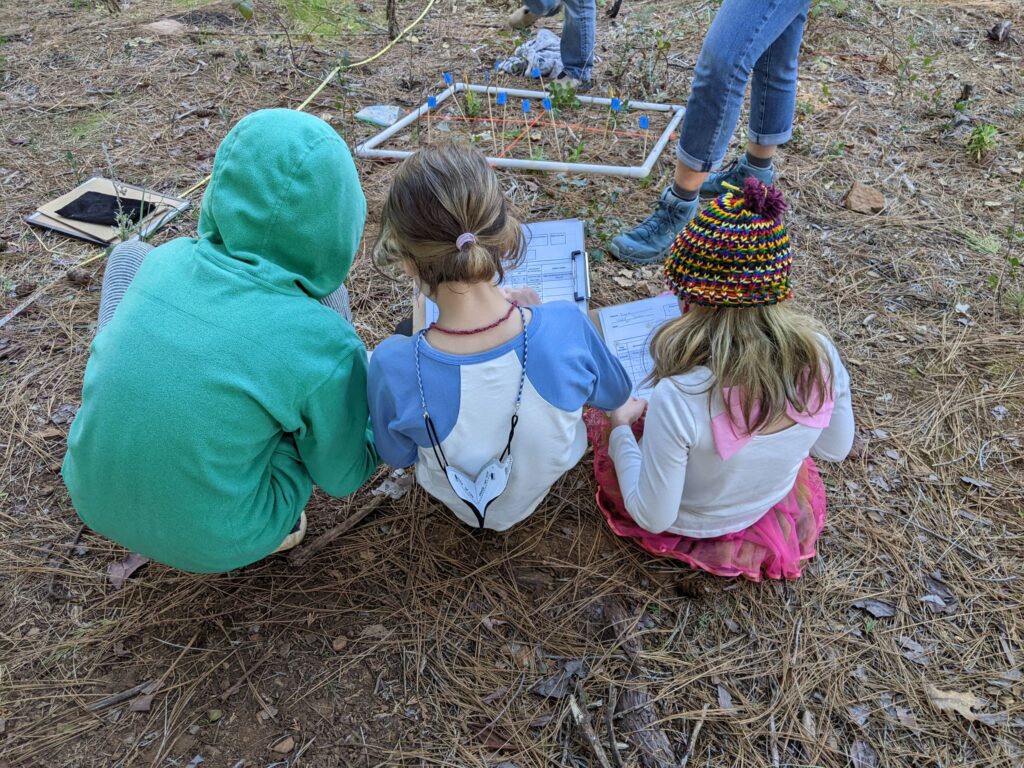
Forest Health and Wildfire–a Critical Issue
The curriculum we have designed has students collecting data on the timely issue of forest health. As climate change advances in our communities, bringing more unpredictable weather and more intense droughts, our forests are experiencing increased habitat loss and catastrophic wildfire.
As our communities in the Western US grapple with these very real threats, students are also experiencing fire themselves in real and immediate ways. The goal of the project has been to transform this complex issue into a rich and engaging set of lessons that has students learning science in the forest through the lens of exploration and research. We believe this approach can be an empowering way for students to address the often frightening, natural events that they are experiencing in their day-to-day lives.
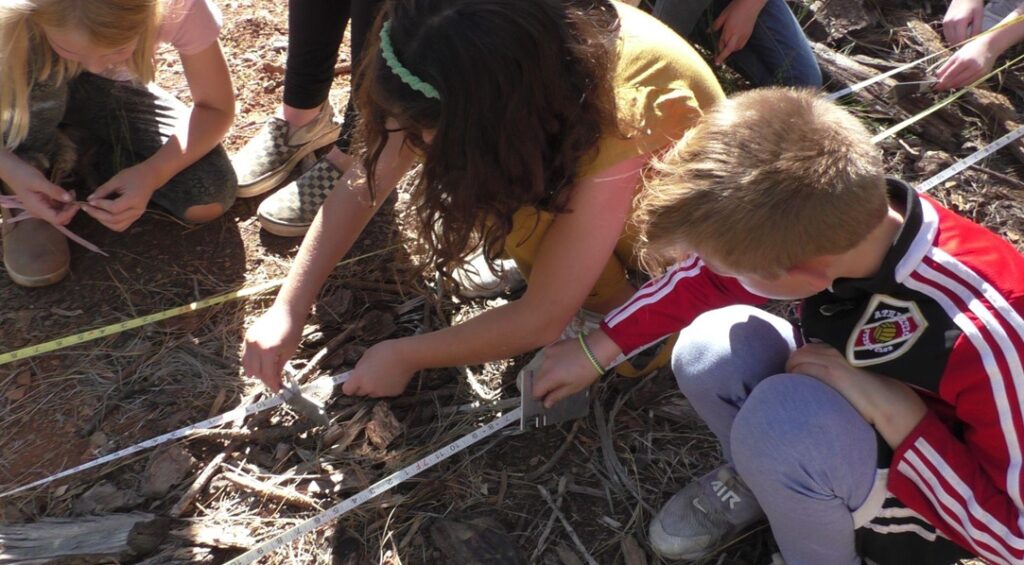
Forest Investigation Zones and Community Partners
One of the major goals of Our Forests is to find accessible learning spaces outdoors where students can go and study the forest. We call these spaces “Forest Investigation Zones” or FIZ sites. These outdoor spaces are properties that neighbor the schools and are owned by agencies or organizations that have a stake in the data that students are collecting. Through this relationship, every class has a community partner who is a researcher or land manager for the forested landscape where they are collecting their data. The role of the community partners is to enter into scientific dialogue with the students around their data collection and observations in the FIZ.
We have worked with Woolman Outdoor School, Empire Mine State Park, Nevada Irrigation District, and the Bear Yuba Land Trust, and they have all been outstanding partners to the program. Each project has culminated in students collecting data, analyzing their data, and sharing their findings with their community partner through poster and powerpoint presentations.
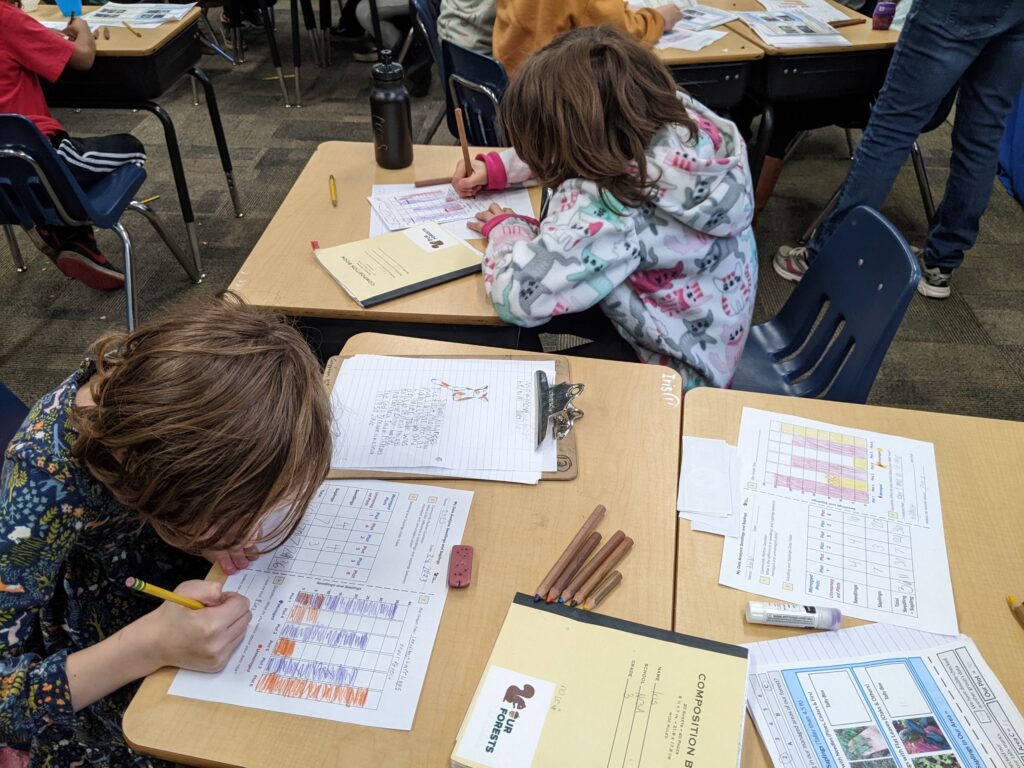
The data
Through the Our Forests project, students have collected a wide assortment of forest ecology data. A major focus of this data collection process has been to choose age-appropriate scientific protocols and then provide as much support as possible to help the students engage with the concepts key to understanding the data they are collecting.
Each grade has a specific set of protocols that connects to Next Generation Science Standards (NGSS) so that content remains relevant to the educational mandates of teachers and school administrations.
- 3rd grade students collected data on the life cycles of pine and oak trees including mature tree density, seedling and sapling recruitment, and seeds.
- 4th grade focused on tree, shrub, and herbaceous plant diversity, determining the plant species richness of the forest.
- 5th grade collected forest fuels data including tree density, dead and down woody debris assessments, and shrub cover.
- All grades collected some form of tree density data, which is critical to understanding forests in the Western US due to the historical lack of post-colonial, forest management.
The guiding principle behind this curriculum is that a student could do an entire study in 3rd grade then return to the program in 4th grade and be a part of an entirely different, yet complementary, study so that each year builds on the last.
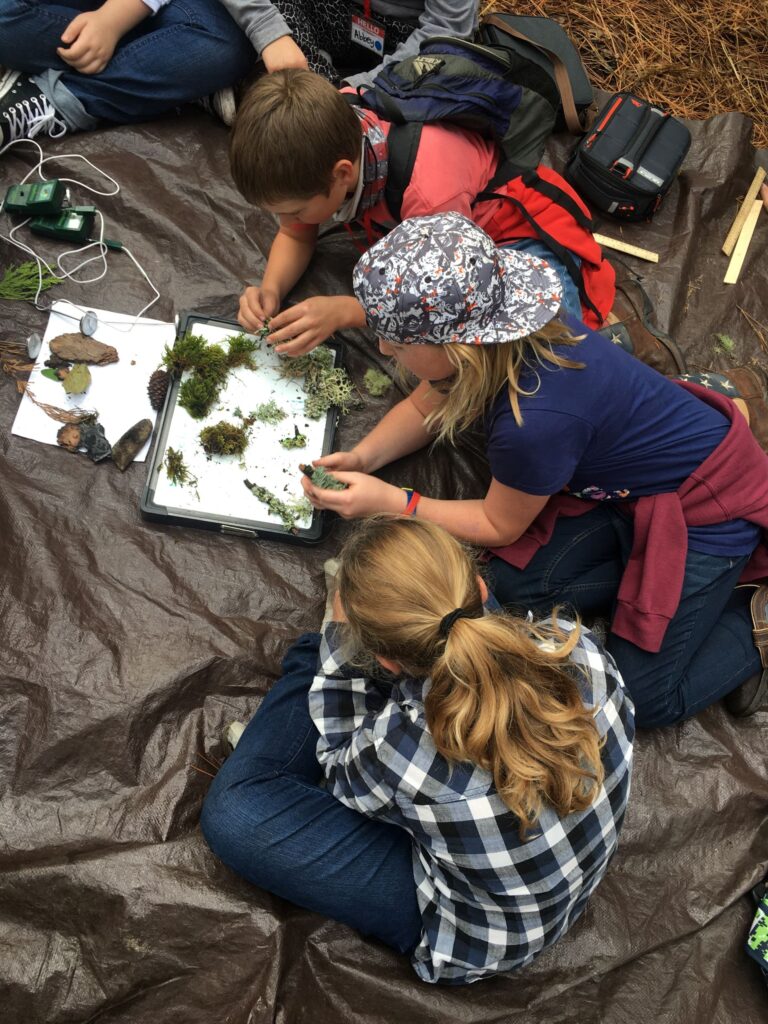
What’s next
This summer we will be taking reflection feedback from the latest year of implementing the project and using it to finalize the curriculum. We will also be creating a more broad-based handbook on how to design a community science project, including best practices as they relate to our experience over the last 4 years. The curriculum and handbook will be available in the first half of 2024, so keep an eye out for that!
We plan to integrate the Our Forests curriculum into future Sierra Streams educational programming so that all of these lessons and activities will continue to enrich the outdoor education experience of Nevada County for years to come.
